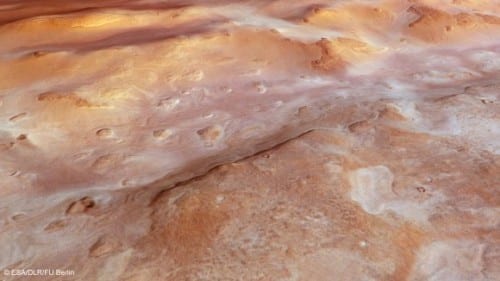The broadcast was made by an association called Uwingu in a project known as Beam Me to Mars to mark the 50th anniversary of the first successful launch of a spacecraft to Mars - Mariner 4. The amount donated, minus expenses, will be dedicated to research grants and scholarships in the field of space exploration

You may not be able to get on a rocket and take off to Mars, yet, but at least you can support the exploration of the planet in other ways. Tonight (Saturday, 22:00 Israel time) a radio broadcast containing 90 thousand messages was broadcast in the direction of Mars by the Uwingu organization.
Among the thousands of messages from ordinary citizens, there were also celebrities such as Bill Nye (the man of science), George Takai (Solo from the Star Trek series) and the space tourist Richard Grieu.
This is the first time that a message from private citizens has been transmitted from Earth to Mars by radio, said a statement from the Uwingu association. "The broadcast, part of Uwingu's 'Beam Me to Mars' project took place as part of celebrations to mark the 50th anniversary of the launch of the Mariner 4 spacecraft on November 28, 1964, the first successful launch to Mars.
The message about the project was published in the summer and half of the funds collected in it (between 5 and 100 dollars per message, depending on its length) will be transferred to the Uwingu Foundation, which will provide grants from it to non-profit organizations, researchers who require funding for research in the field of space and scholarships for students. The second half covers the cost of the transmission and needs related to it.
While only the spaceships and robotic vehicles patrolling the Martian soil will be able to pick up the message, the transmission is an illustration of humanity's ability to broadcast interplanetary broadband transmissions. Every day many raw images come from the spacecraft on Mars and anyone can watch them on the Internet, something that was unthinkable during the time of Mariner 4.

For information on the Universe Today website
More on this topic on the science website:

2 תגובות
Where exactly on the Internet can you watch the pictures that are taken every day on Mars?
And maybe you can make us here on the website some interesting gallery of photos and videos from space and the stars?
I just sent a message to the inhabitants of Mars to ignore all the previous messages that were sent, these were false messages.